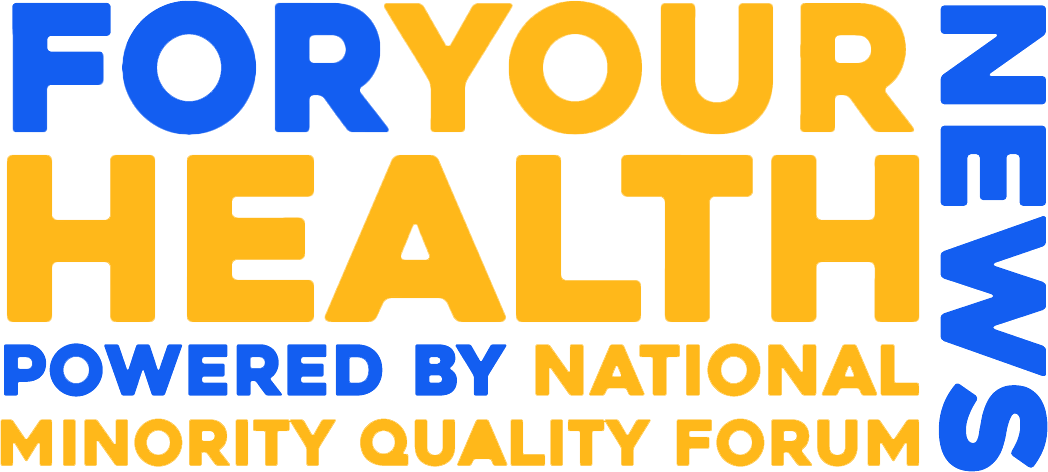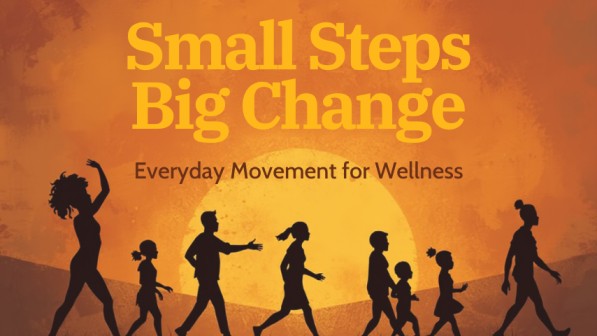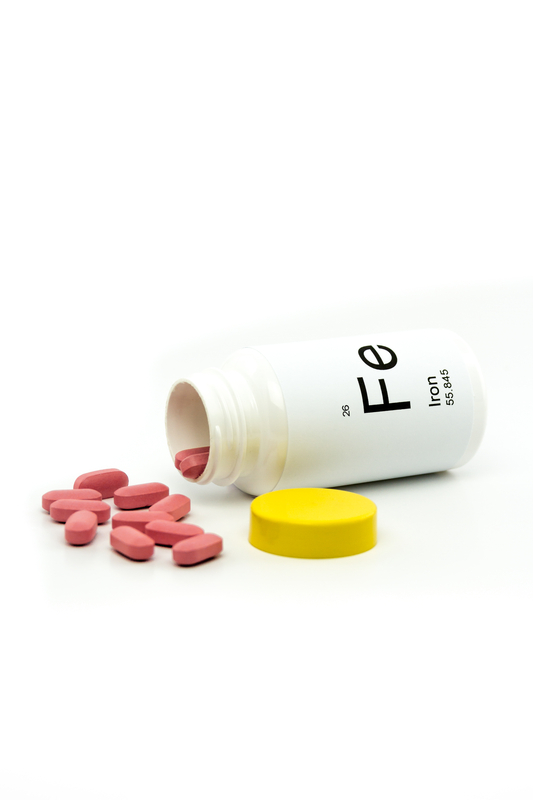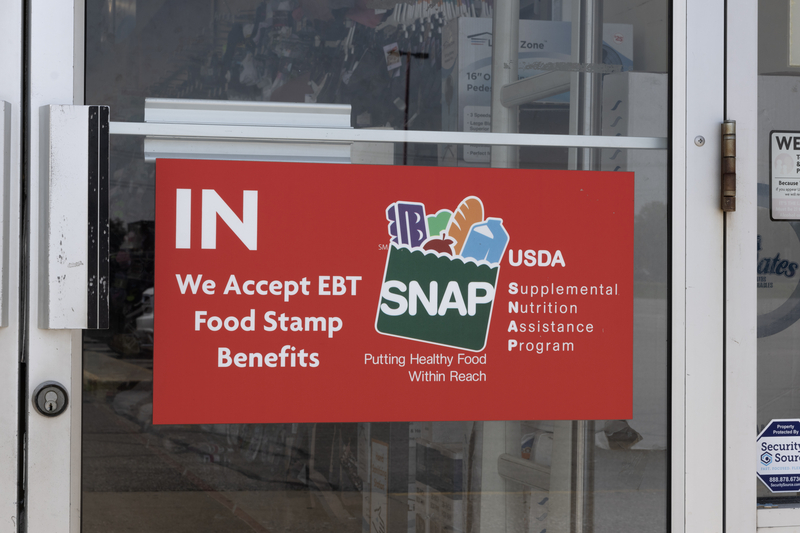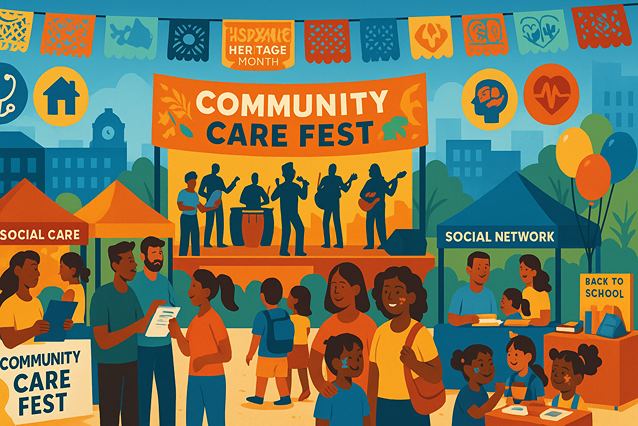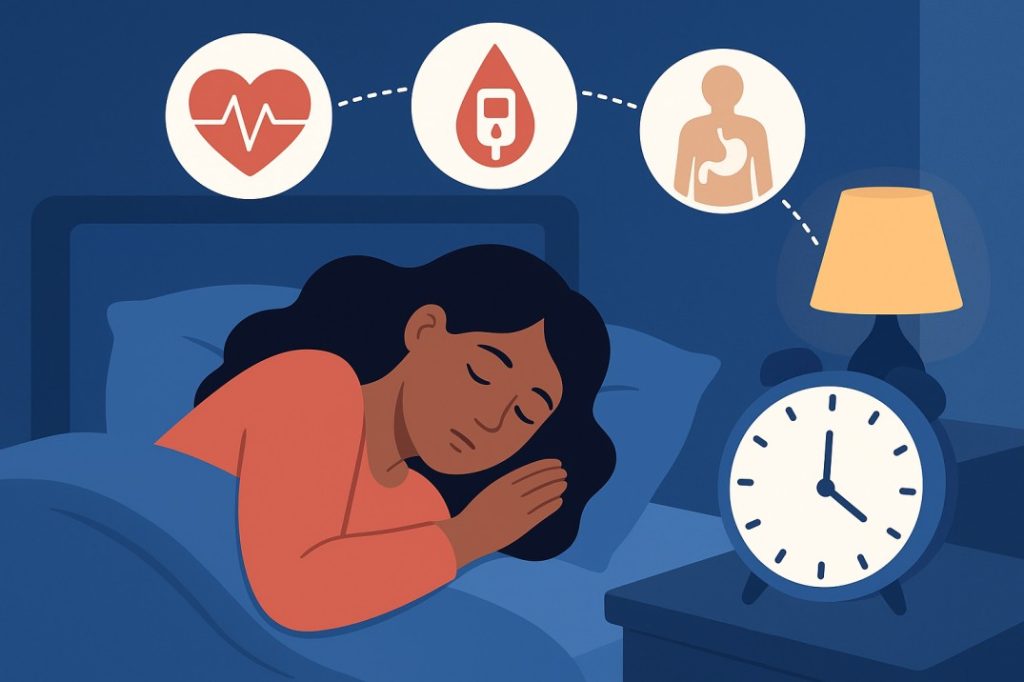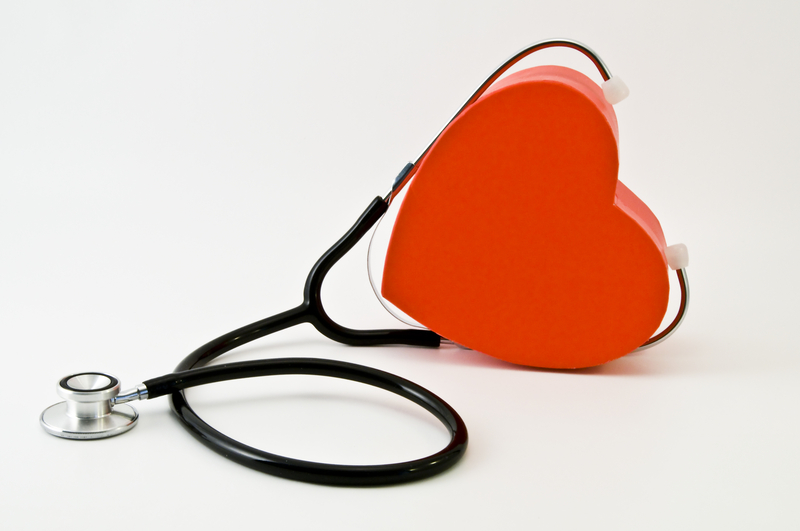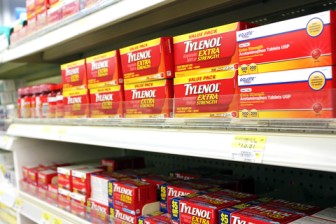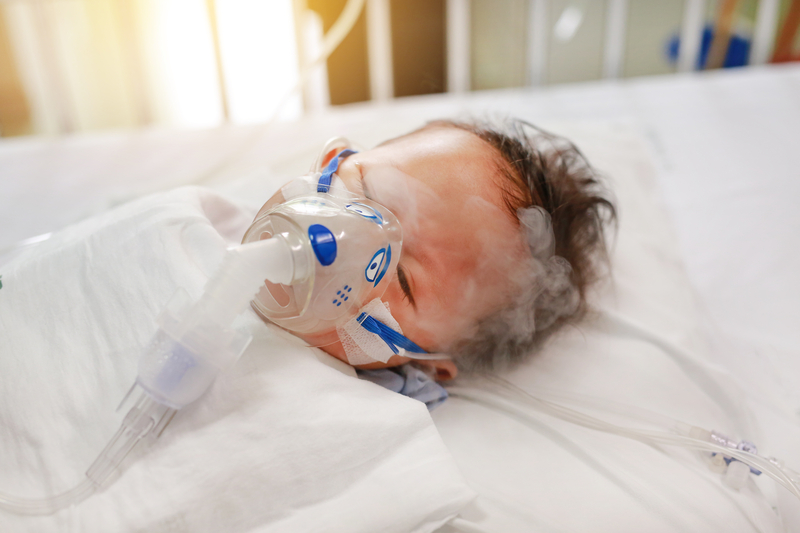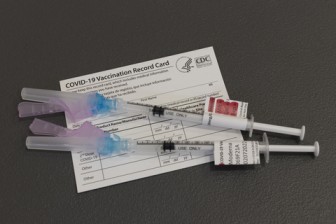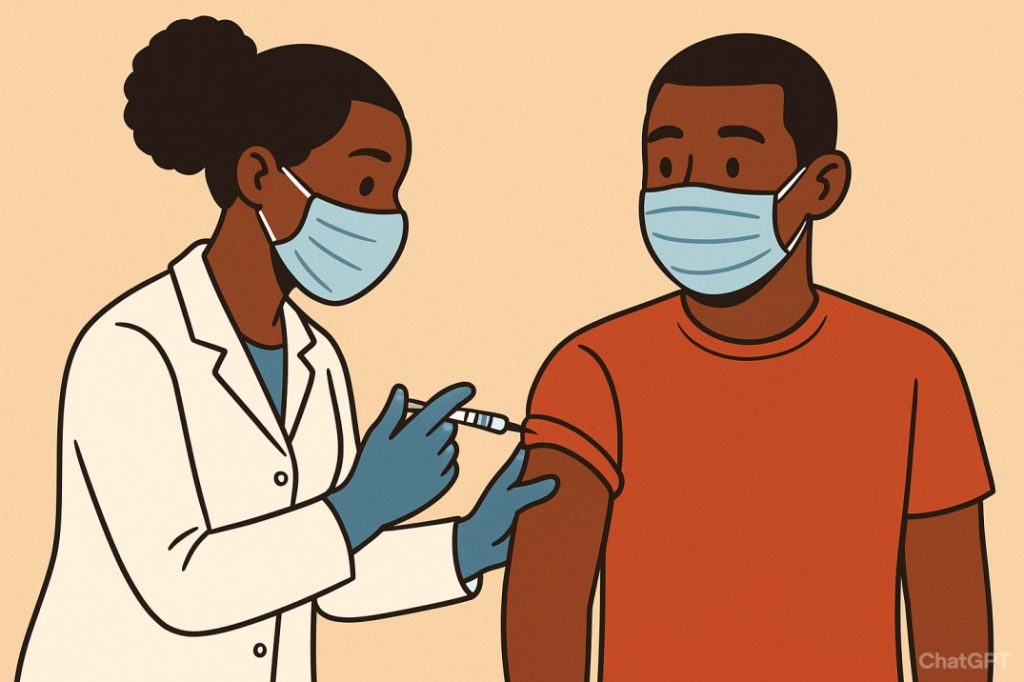- By Jessica Wilson
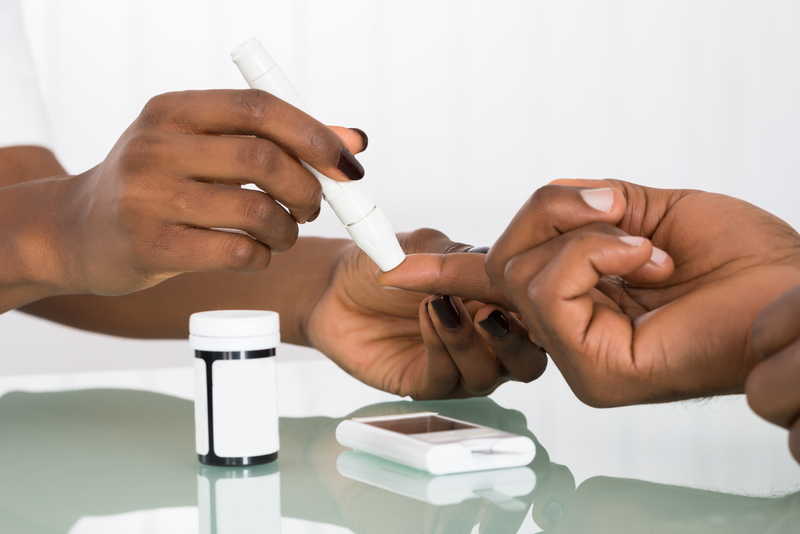
- By Jessica Wilson
November is American Diabetes Month — a time to shine a light on an epidemic that isn’t affecting everyone equally.
A Growing Health Crisis
Diabetes is one of the most pressing public health issues in the United States, but it doesn’t impact all communities the same way. According to the Centers for Disease Control and Prevention (CDC), more than 37 million Americans have diabetes — and Black, Hispanic/Latino, and Native American communities are hit the hardest.
Black adults are nearly twice as likely as white adults to be diagnosed with diabetes, while Hispanic and Latino adults face rates 70% higher than their white counterparts. Native Americans have the highest prevalence of diabetes of any U.S. racial or ethnic group, according to the Indian Health Service.
The Roots of Disparity
Experts say the reasons behind these inequities go far beyond genetics. The American Diabetes Association (ADA) points to a web of social, economic, and environmental factors that increase risk in marginalized populations.
- Limited access to healthy foods: Many Black and Brown communities live in “food deserts,” areas without nearby grocery stores offering affordable, nutritious options.
- Barriers to healthcare: Uninsured rates are higher among people of color, meaning fewer preventive screenings and less consistent diabetes management.
- Economic stress and systemic racism: Chronic stress can increase insulin resistance, and discrimination in healthcare can lead to misdiagnoses or delayed treatment.
- Environmental factors: Neighborhoods with fewer safe spaces for exercise or higher exposure to pollutants contribute to overall poor health outcomes.
Complications Are Often More Severe
Even after diagnosis, outcomes remain unequal. Black and Hispanic adults are more likely to suffer from kidney failure, vision loss, and amputations caused by unmanaged diabetes. A National Institutes of Health (NIH) study found that Black Americans are three times more likely to experience diabetes-related amputations than white Americans (NIH).
Community-Led Solutions
Despite the challenges, progress is possible — and often led by the communities most affected.
- Faith-based and neighborhood health programs are bringing free screenings and nutrition education to underserved areas.
- Culturally competent care — when doctors understand and respect cultural and social contexts — helps patients build trust and follow treatment plans more effectively.
- Policy changes, such as expanding Medicaid and supporting urban farming initiatives, are also helping to close the health gap.
Taking Action This Diabetes Month
This American Diabetes Month, public health advocates are urging people to get tested, know their family history, and learn about prevention resources. The CDC’s National Diabetes Prevention Program offers free or low-cost tools to help people manage their risk.
Simple lifestyle changes — like incorporating daily movement, eating balanced meals, and managing stress — can make a big difference. But experts emphasize that true change requires systemic investment in communities that have been historically overlooked.
Trending Topics
Features
- Drive Toolkit
Download and distribute powerful vaccination QI resources for your community.
- Health Champions
Sign up now to support health equity and sustainable health outcomes in your community.
- Cancer Early Detection
MCED tests use a simple blood draw to screen for many kinds of cancer at once.
- PR
FYHN is a bridge connecting health information providers to BIPOC communities in a trusted environment.
- Medicare
Discover an honest look at our Medicare system.
- Alliance for Representative Clinical Trials
ARC was launched to create a network of community clinicians to diversify and bring clinical trials to communities of color and other communities that have been underrepresented.
- Reducing Patient Risk
The single most important purpose of our healthcare system is to reduce patient risk for an acute event.
- Samantha Paulino
- Jessica Wilson
- Subash Kafle
